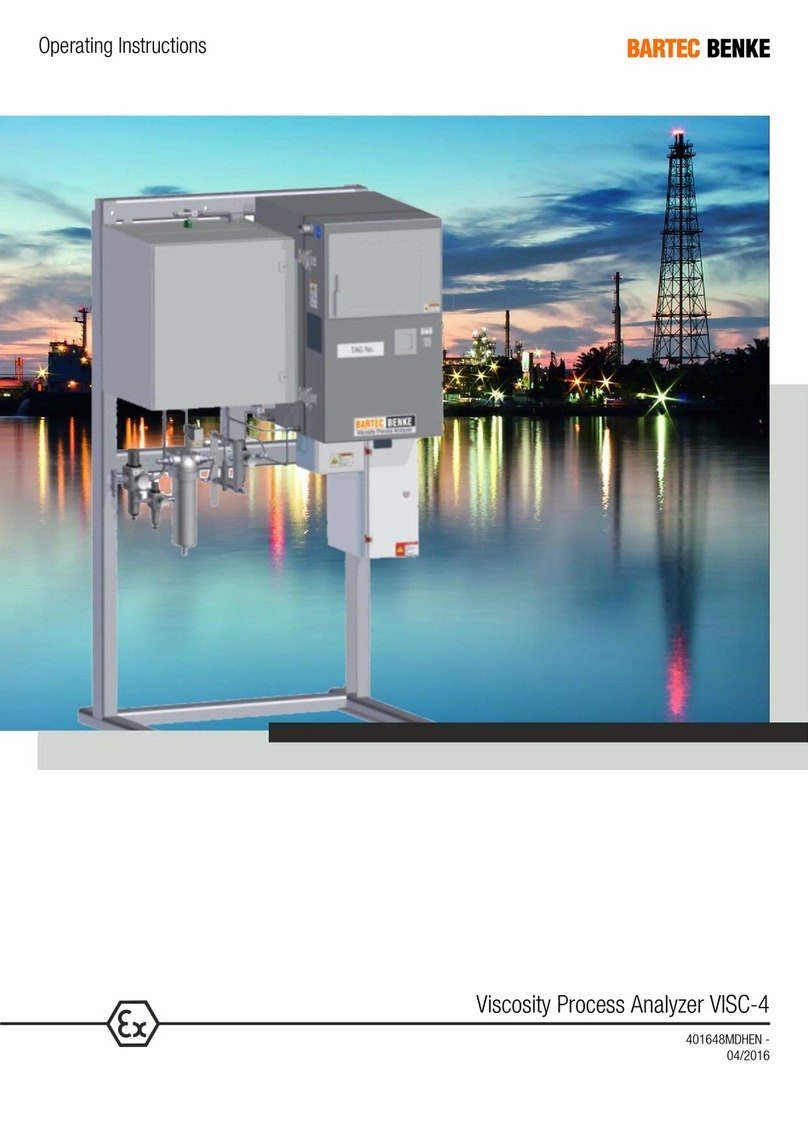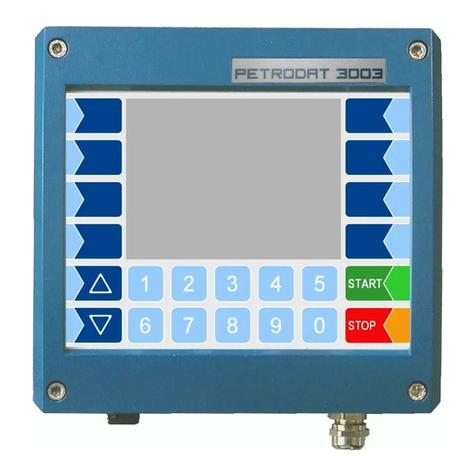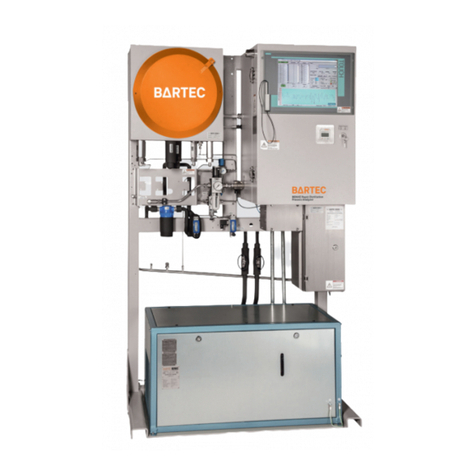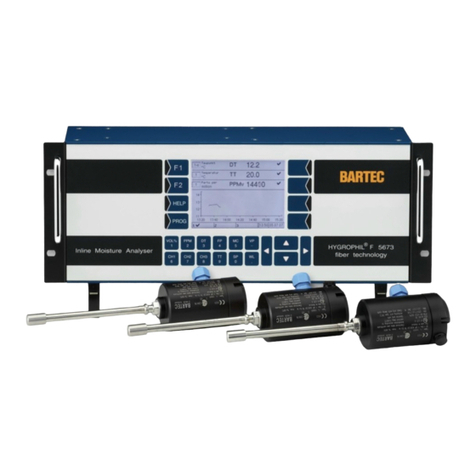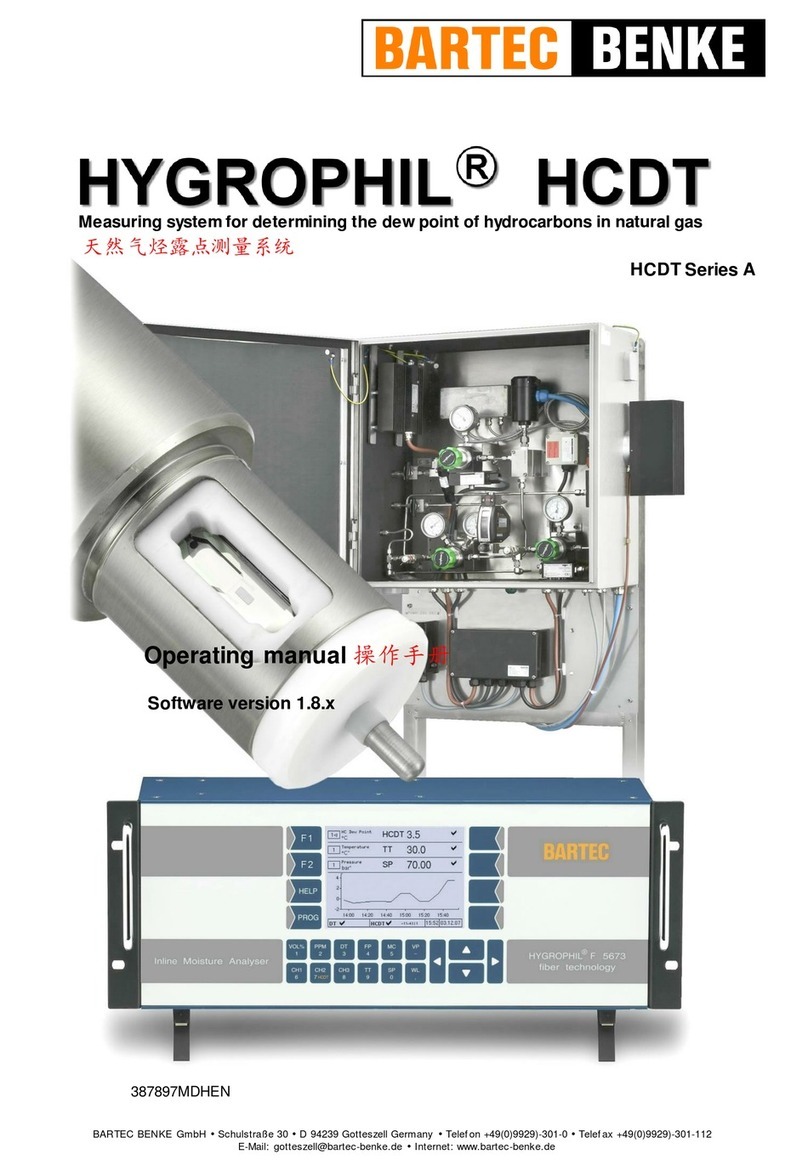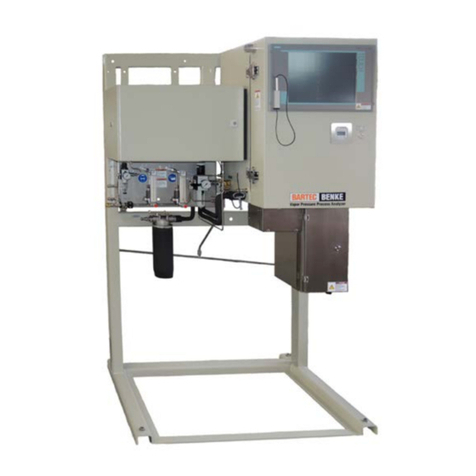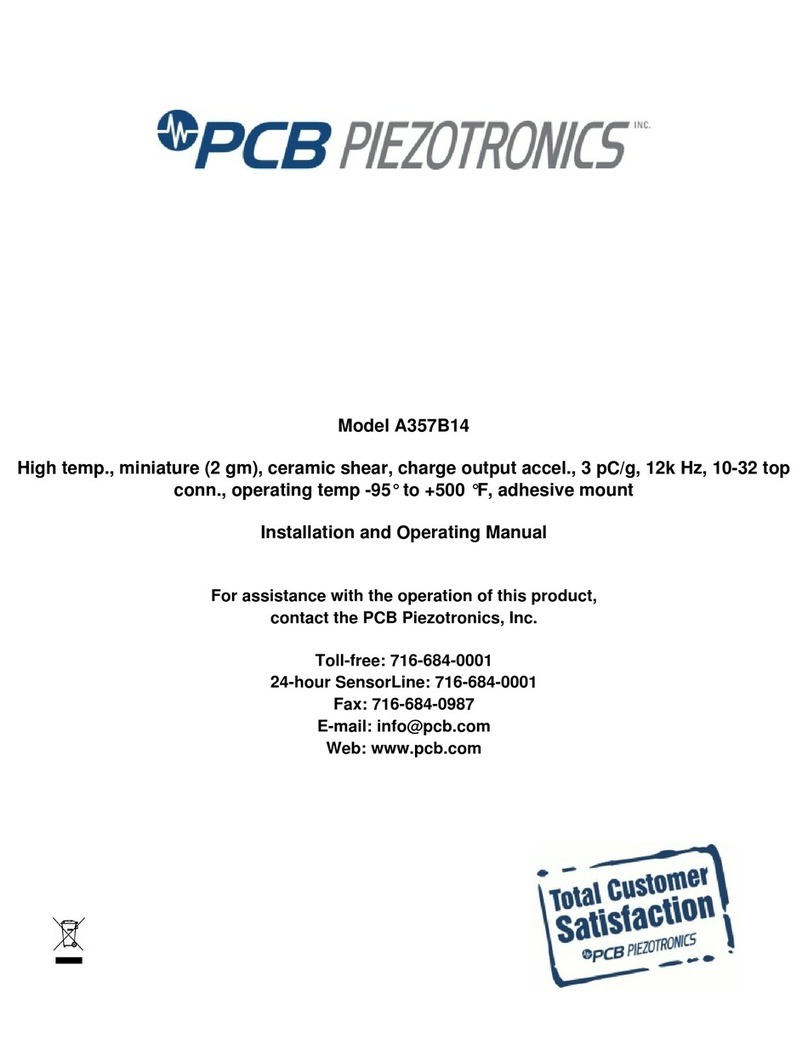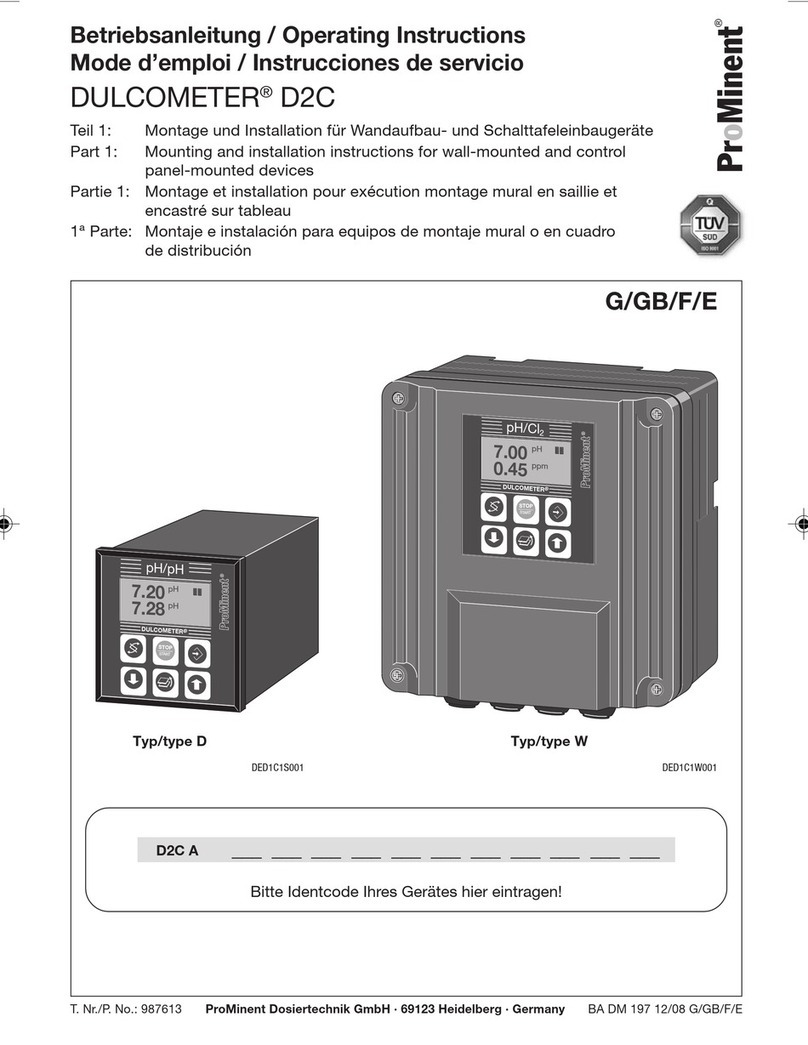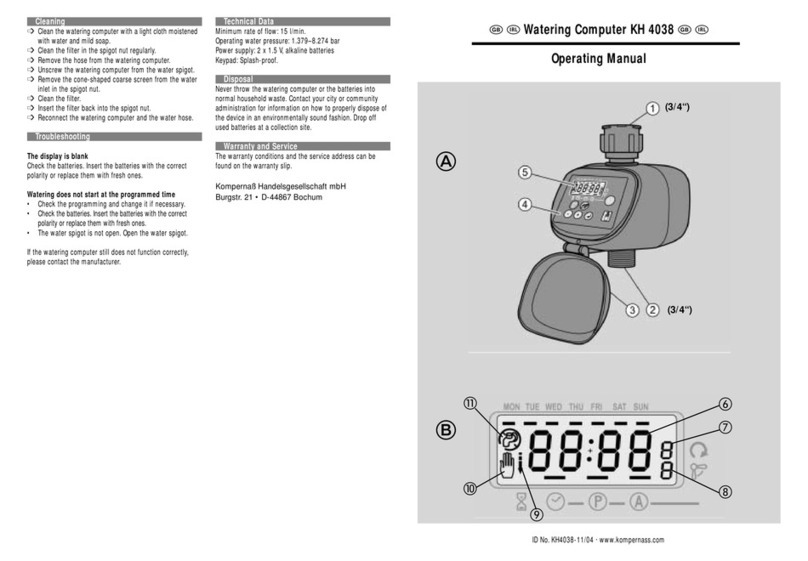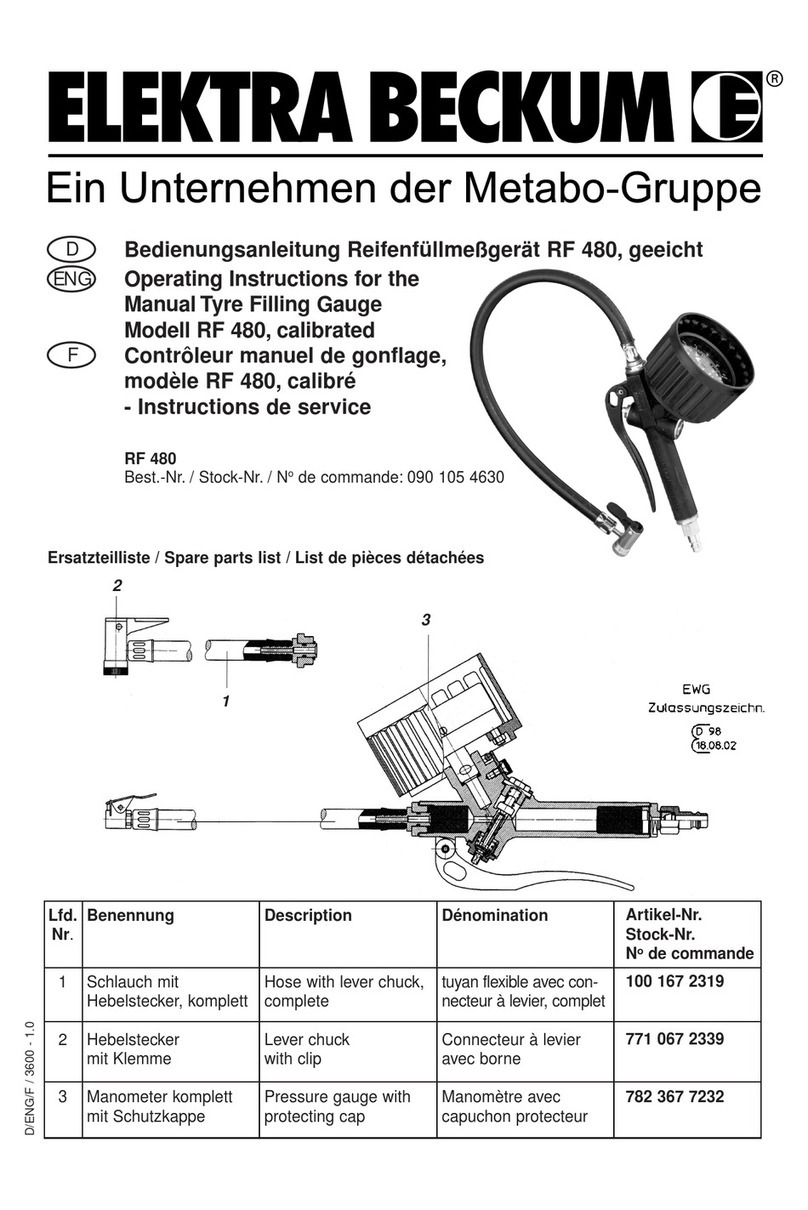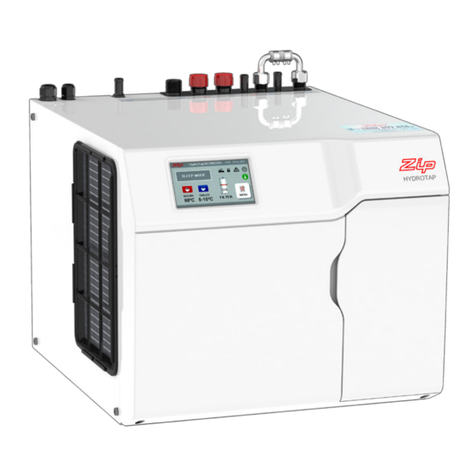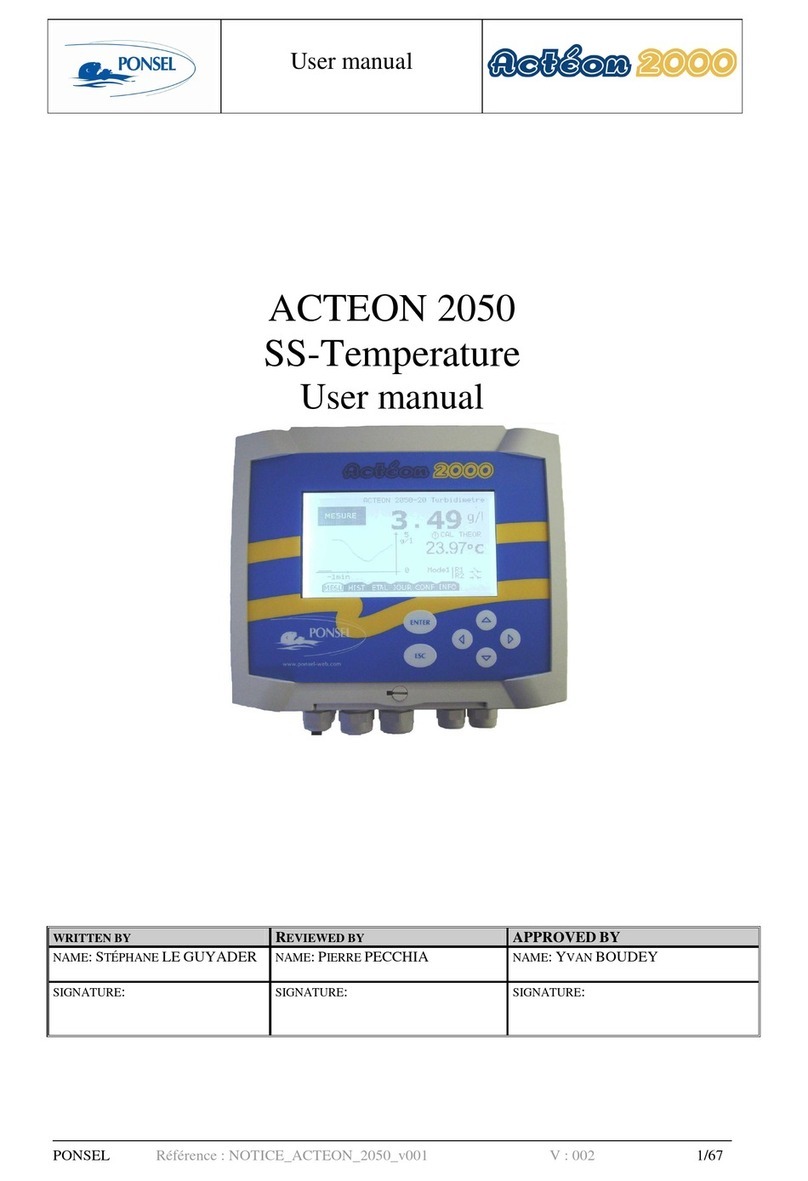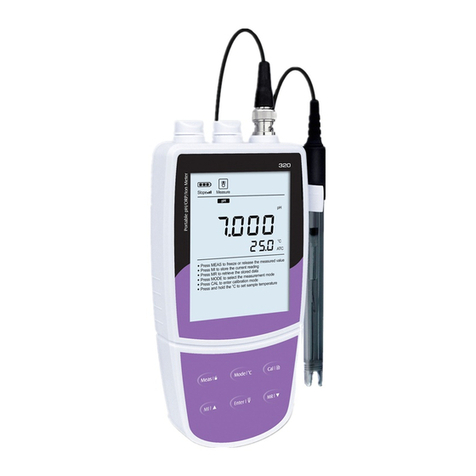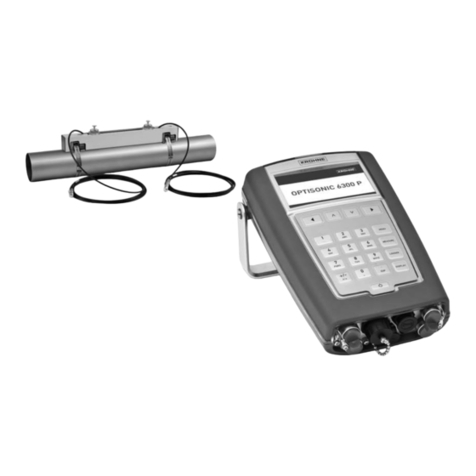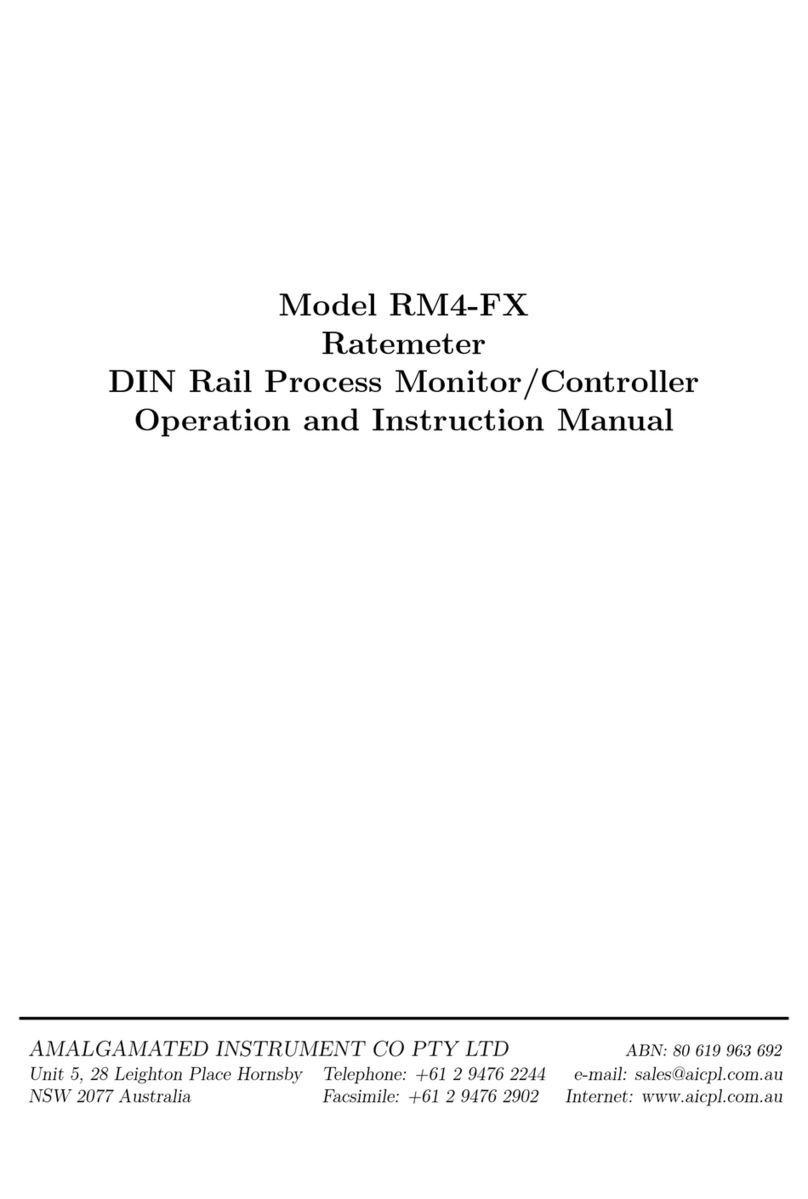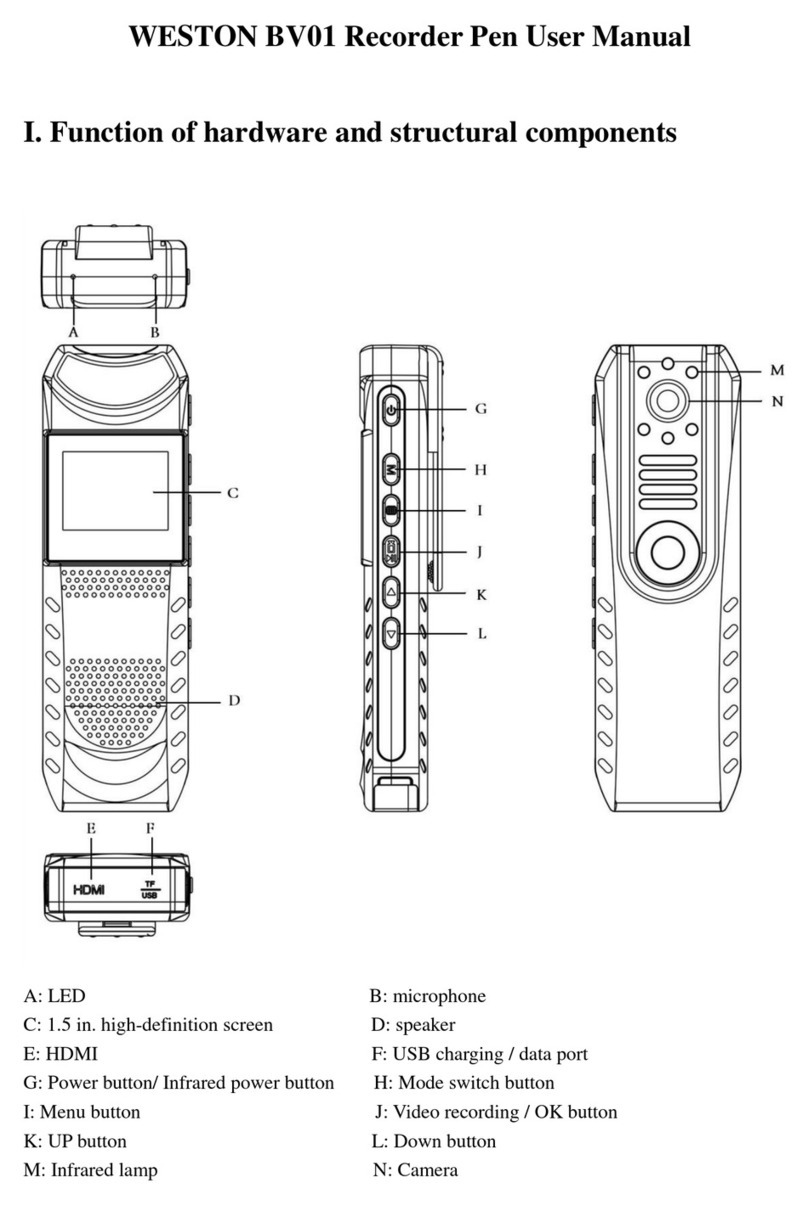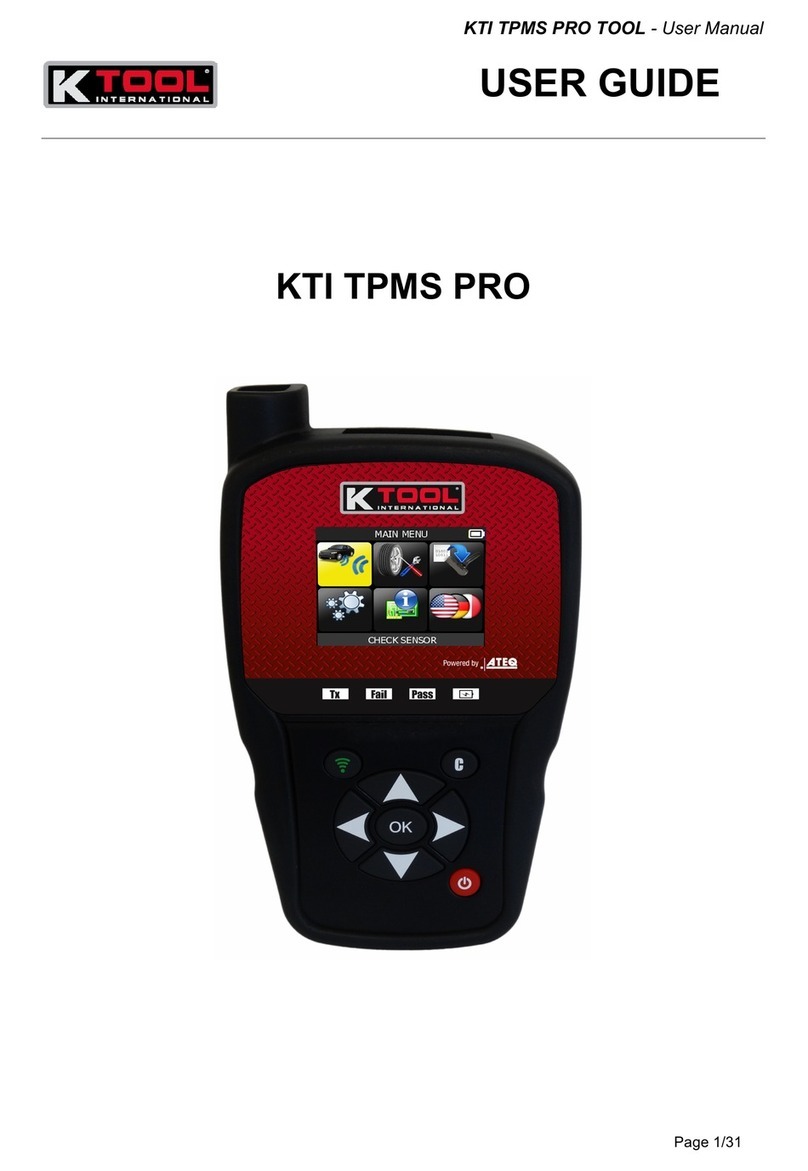
II Contents
CFPP Process Analyzer CFPP-4.2 03/2016
7Installation and Disassembly.......................................................... 45
7.1 Installation........................................................................................................ 46
7.1.1 Operating Area Requirements.............................................................. 46
7.1.2 Assembly of the Sample Conditioning System (Optional) ................... 46
7.1.3 Securing the Analyzer .......................................................................... 47
7.1.4 Tubing Connections ............................................................................. 48
7.1.5 Electrical Connections.......................................................................... 49
7.2 Disassembly .................................................................................................... 51
7.2.1 Disconnecting Electrical Connections.................................................. 51
7.2.2 Removing Tubing Connections ............................................................ 52
7.3 Disposal........................................................................................................... 52
8Initial Operation................................................................................ 53
8.1 Putting the Analyzer into Operation................................................................. 54
8.2 Flushing the Product Feed Line....................................................................... 54
8.3 Initial Operation of the Sample Conditioning System (Optional)..................... 57
8.4 Feeding In Product .......................................................................................... 59
8.5 Connecting the Analyzer to Instrument Air Supply.......................................... 60
9Operation.......................................................................................... 63
9.1 Switching on the Analyzer ............................................................................... 64
9.2 Operation......................................................................................................... 65
9.3 Switching off the Analyzer ............................................................................... 65
9.3.1 Switching off in Normal Operation........................................................ 65
9.3.2 Switching off in an Emergency............................................................. 66
10 Maintenance..................................................................................... 67
10.1 Safety during Maintenance.............................................................................. 68
10.1.1 Qualification of Personnel .................................................................... 68
10.2 Measures after Maintenance........................................................................... 69
10.3 Maintenance and Inspection Plan ................................................................... 69
10.4 Checking the Protective Devices..................................................................... 70
10.5 General Visual Inspection................................................................................ 72
10.6 Visual Inspection Inside Measuring unit enclosure ......................................... 73
10.7 Checking the residual-current device (RCD)................................................... 75
10.7.1 Measures after the RCD has triggered ................................................ 75
10.7.2 Measures in case of troubles ............................................................... 76
10.8 Checking the Test Filter................................................................................... 77
10.9 Cleaning the touchscreen................................................................................ 78
10.10 Changing the battery of the box PC ................................................................ 79
10.11 Checking for product and emptying vacuum tank ........................................... 81
10.12 Removing the Measuring Cell ......................................................................... 82
10.13 Cleaning the Test Filter.................................................................................... 86
10.14 Checking Liquid Level in the Sample Container.............................................. 89




















